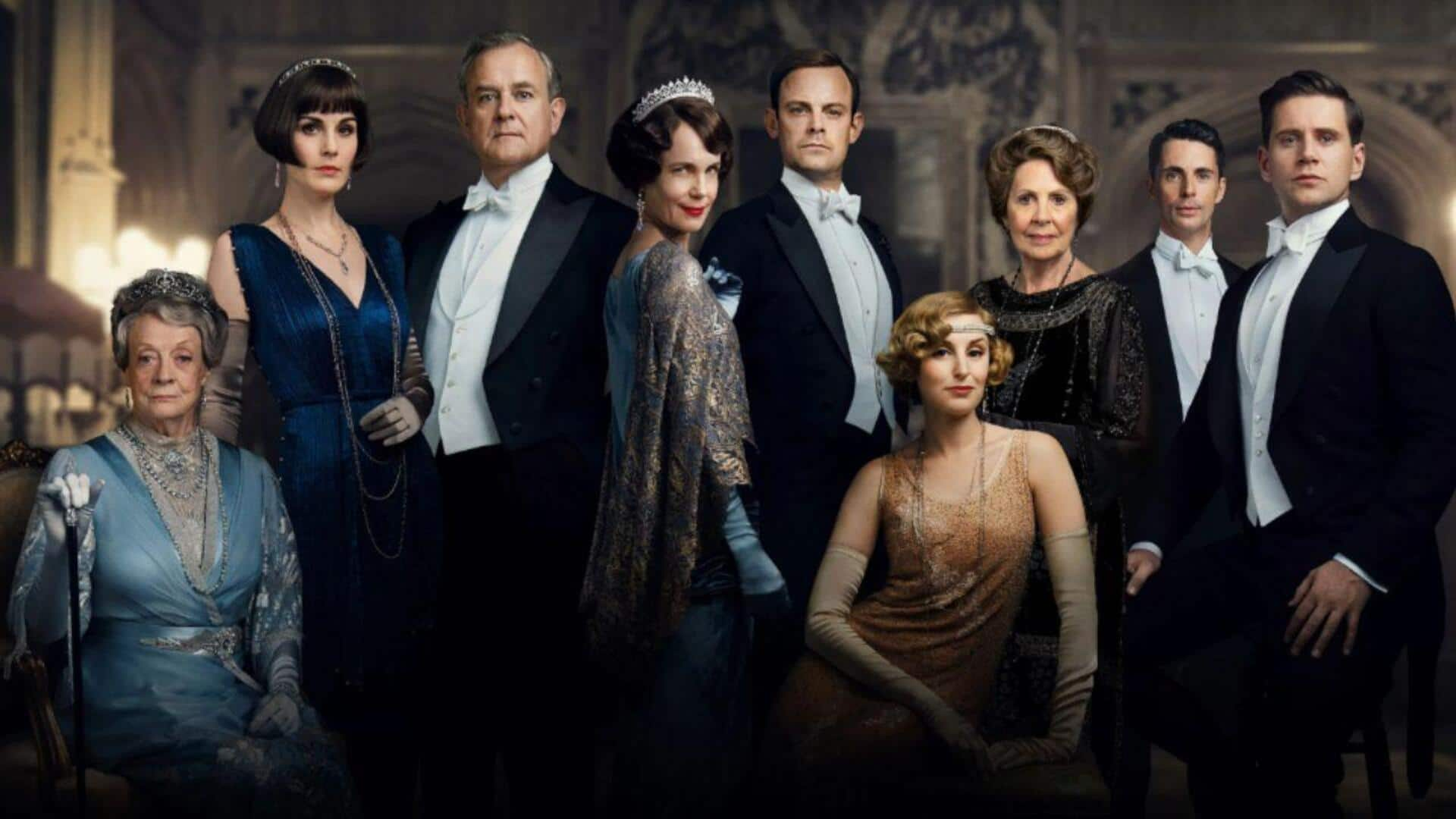
What 'Downton Abbey' got right about class, gender, and change
What's the story
Downton Abbey is a beloved series that explores the nuances of class distinction in early 20th-century England. The show gives an elaborate insight into the lives of the aristocratic Crawley family and their household, showcasing the social hierarchies and cultural norms of the time. Through its characters and story arcs, Downton Abbey demonstrates how class distinctions shaped personal relationships, societal roles, and daily life.
Social hierarchy
The upstairs-downstairs dynamic
The series does an excellent job of portraying the stark divide between the upper-class family members living upstairs and their servants residing downstairs. It's not just a physical divide but also a social one, with the groups having their roles and expectations. The show beautifully depicts how these divides affect characters's interactions, underlining respect for hierarchy but also giving us moments when they're challenged/blurred.
Cultural norms
Importance of tradition
Downton Abbey highlights how tradition is important in keeping classes apart. From formal dining rules to what one should wear for what occasion, traditions define the behavior for aristocrats and their servants alike. While these customs uphold the social order, they also lead to conflict when characters question or disregard them. The series embodies this conflict of sticking to tradition or welcoming change.
Financial challenges
Economic realities
The show also tackles economic challenges that both classes faced during this time. While the Crawleys grapple with keeping their estate alive amid financial challenges, their staff also faces job insecurity, thanks to changing societal norms. Downton Abbey shows how economic pressures impact decisions taken by people across different classes, highlighting how we all are struggling despite different circumstances.
Gender dynamics
Evolving roles of women
Amidst class distinction, Downton Abbey also explores evolving gender roles. Whether it's the likes of Lady Mary and Lady Edith or the maids or head housekeepers, all women are seen navigating societal expectations while looking for independence or career opportunities that were never offered to them. This adds depth to character development as women challenge traditional gender norms within their social strata.